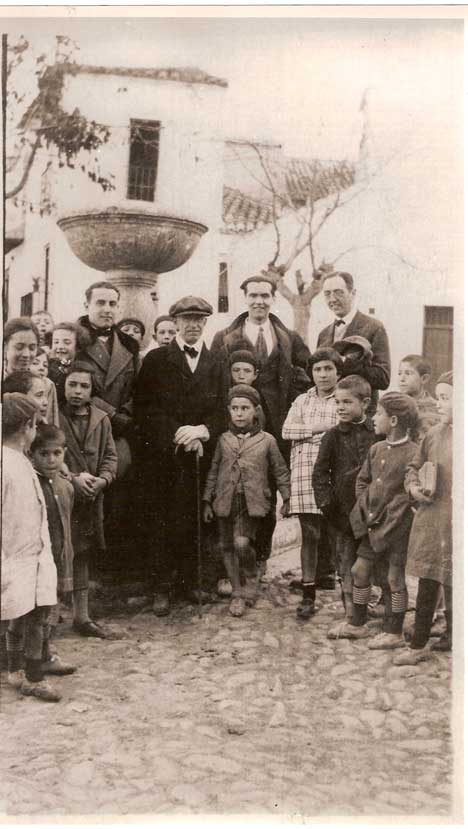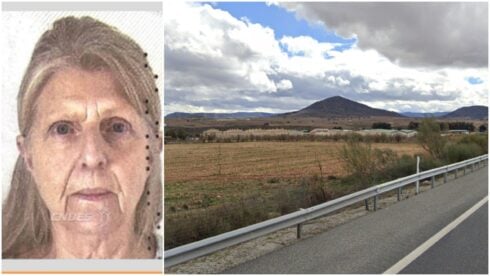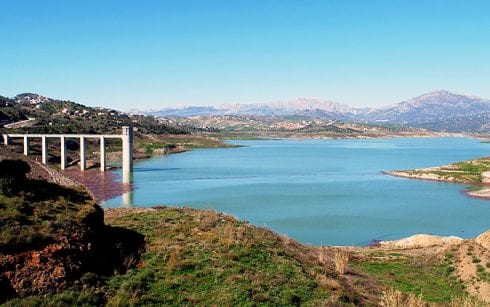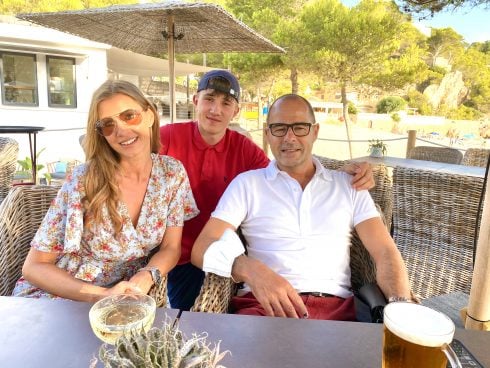THE playwright and poet Federico García Lorca was arrested and killed on the orders of rightwing military authorities led by General Francisco Franco in the early weeks of the Spanish Civil War.
His death by firing squad on August 18, 1936 – 85 years ago this week – transformed him into one most high profiles victims of the conflict but the circumstances of the killing and the whereabouts of his remains continue to be one of the great mysteries of Spain’s recent history.
Here’s a look at what we do know about the poet who became one of the most influential writers of the 20th Century and was killed the age of just 38-years-old.
1) He grew up in a small Spanish town in Granada
On June 5, 1898, Federico García Lorca was born in Fuente Vaqueros to a wealthy family of farmers whose fortune flourished thanks to a boom in the popularity of sugar at the time
2) After graduating high school, the talented young writer went to study at the University of Granada
Here he enrolled in the faculties of law, literature, and composition but he initially had a strong interest in studying music. As a youngster he dreamed of becoming a musician and composer. It was during his time at university that he started to blend his interests, experimenting with musicality in literature and composing sonnets, ballads, and poems.
3) Internationally renowned as a member of the group of poets called Generation of 27.
Lorca was a close friend of artists Luis Buñuel and Salvador Dalí as well as other creatives who would eventually earn the nickname ‘Generation of 27’. Alongside Picasso, Dali and Miro, he was a key figure in the group that helped usher a cultural renaissance of a stature that Spain had not seen since the 17th century.
4) Lorca was a huge fan of the works of Shakespeare, Goethe, the Spanish poet Antonio Machado, and the Nicaraguan writer Rubén Darío.
All his work was greatly influenced by these writers.

5) In 1918 he published his first book Impresiones y Paisajes (Impressions and Landscapes).
In the book Lorca chronicles his trips around Spain as a university student, describing what he saw during his travels with unwavering sentimentality and honesty.
6) He travelled to the United States in 1929 and enrolled at Columbia University- School of General Studies, learning
García Lorca traveled in style, cruising on the White Star’s RMS Olympic (one of three Olympic-class liners, the other two were the Britannic and the more famous Titanic). The trip was paid for by his parents.

7) He toured around Spain promoting culture and literature by performing theatre plays for free in the country’s rural areas.
Returning to Spain in 1930, Lorca was appointed as director of Teatro Universitario La Barraca, funded by the Second Republic’s Ministry of Education.
8) While touring, Lorca wrote his most well known plays, called the Rural Trilogy which encompassed Blood Wedding, Yerma and The House of Bernarda Alba. The plays criticized the bourgeois Spanish society.
Some of his most famous compositions are The Butterfly’s Evil Spell (1919-20), The Gipsy Ballads (1921-27), Lament for Ignacio Sánchez Mejías (1935), Tragedies: Blood Wedding (1935) and the House of Bernarda Alba (1936).
9) Romancero Gitano or The Gipsy Ballads was his most translated and famous work
As a gay man, Lorca said Granada’s gypsies were a great source of inspiration for his work. He himself had always felt like an outcast and related to them as an alienated minority group in Spain. In 1934, he said: “I will always support those who have nothing and are alienated by society”. The Gipsy Ballads (written 1921-27) is a lyrical evocation of the sensual world of the Andalusian Gypsy.
10) The reasons for Lorca’s murder are still disputed
At the start of the civil war in August 1936, Nationalist forces murdered the poet Federico García Lorca, many believe because of his outspoken political views. In spite of several excavations his remains have never been found.
READ MORE:
Click here to read more La Cultura News from The Olive Press.








